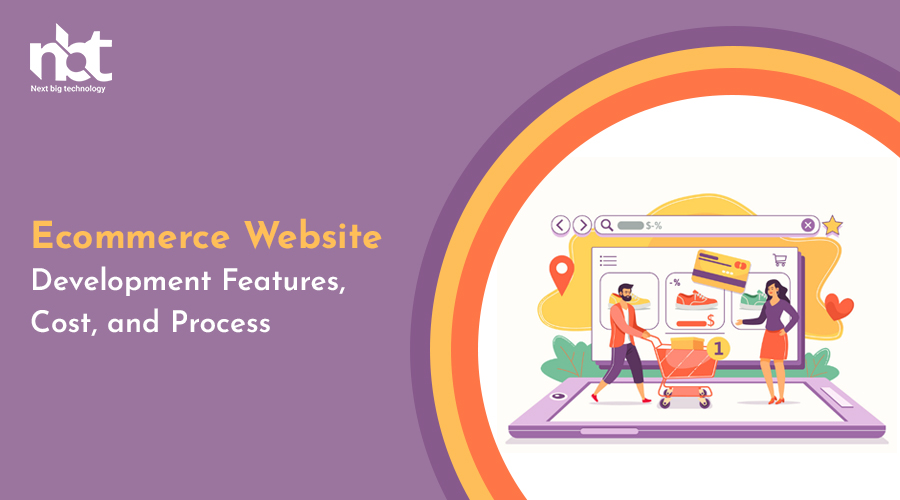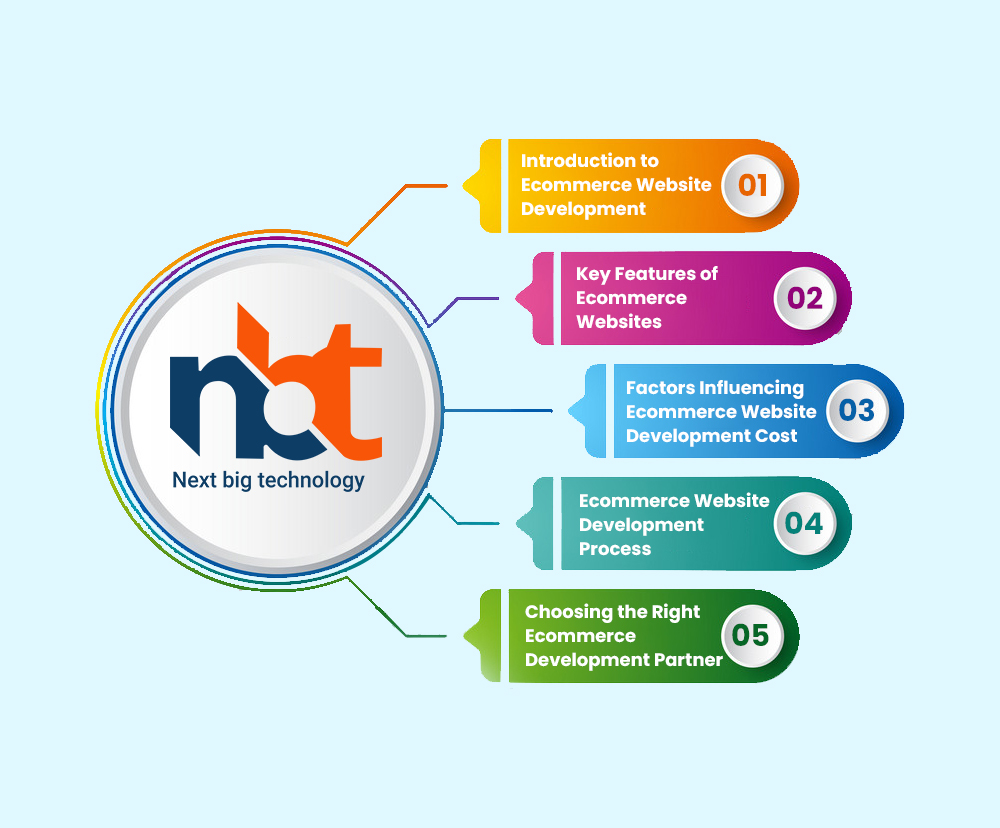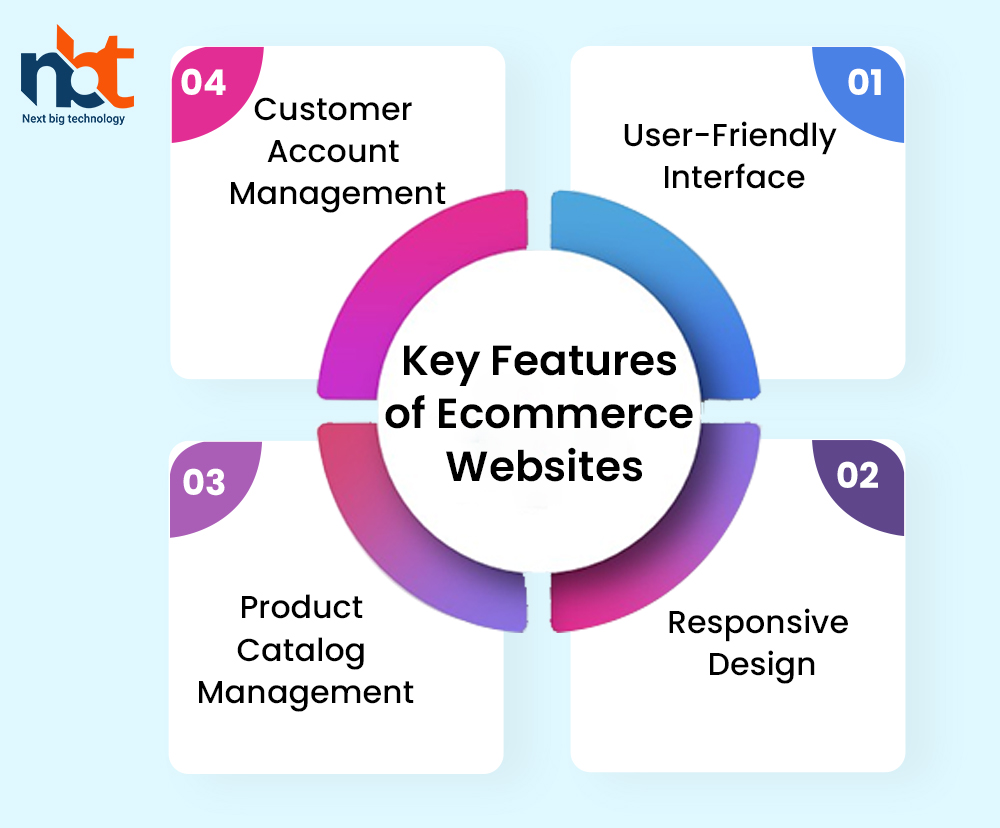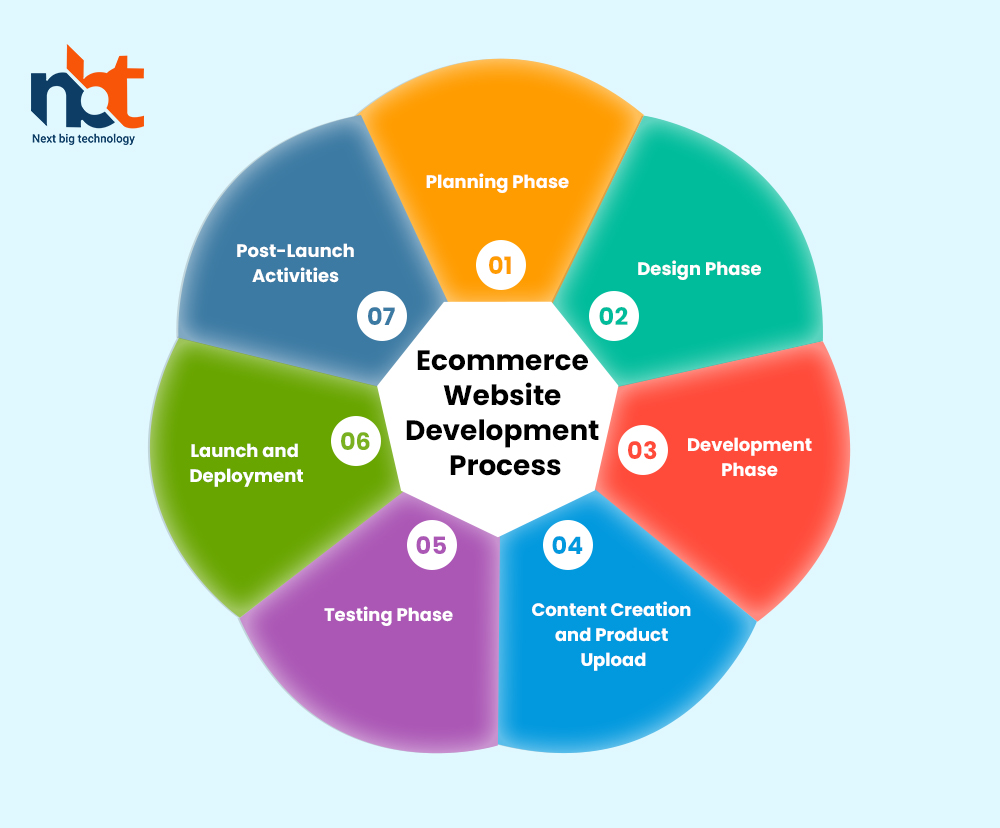Table of Contents
Introduction to Ecommerce Website Development
Definition and Importance of Ecommerce
Ecommerce, or electronic commerce, refers to the buying and selling of goods and services over the internet. The significance of ecommerce lies in its ability to reach a global audience, provide 24/7 accessibility, and streamline the shopping experience.
Benefits of Ecommerce Websites
- Wider Reach: Ecommerce transcends geographical boundaries, enabling businesses to tap into a global market.
- Convenience: Customers can shop at their convenience, reducing the need for physical presence.
- Cost Efficiency: Ecommerce eliminates the need for a physical storefront, reducing operational costs.
- Personalization: Tailored shopping experiences through data analysis and customer profiles.
- Data-driven Insights: Ecommerce platforms provide valuable data on customer behavior and preferences.
Key Features of Ecommerce Websites
User-Friendly Interface
Intuitive navigation, clear categorization, and easy-to-use menus for seamless browsing.
Responsive Design
Ensuring the website looks and functions optimally on various devices, including smartphones and tablets.
Product Catalog Management
- Easy Product Addition Streamlined process for adding new products to the catalog.
- Product Variations: Options for sizes, colors, and configurations for each product.
- Product Filtering: Facilitating search by allowing customers to filter products based on attributes.
- Secure Payment Gateway: Integration of reliable and secure payment gateways to protect customer financial information.
Customer Account Management
- User Registration: Easy account creation for customers to store their information and order history.
- Order Tracking: Customers can track their orders and delivery status.
- Wishlist: Allowing customers to save items for future purchase.
- Search and Filters: Robust search functionality with filters for price range, categories, and other attributes.
- Reviews and Ratings: Customer feedback and ratings for products, enhancing credibility and aiding purchasing decisions.
- Order Tracking: Providing customers with real-time information on the status of their orders.
- Inventory Management: Real-time tracking of product availability to avoid overselling and stockouts.
- Social Media Integration: Links to social media platforms for sharing products and promotions.
Factors Influencing Ecommerce Website Development Cost
- Design Complexity: The intricacy of design elements, animations, and custom graphics.
- Number of Products: The more products, the more extensive the database and interface requirements.
- Customization and Functionality: Advanced features like product personalization, custom calculators, and interactive tools.
- Third-Party Integrations: Incorporating external services like shipping, payment gateways, and analytics tools.
- Mobile App Development: Creating a mobile app in addition to the website for enhanced user experience.
- Maintenance and Support: Ongoing updates, bug fixes, and customer support services.
Ecommerce Website Development Process
Planning Phase
- Defining Goals and Objectives: Setting clear objectives for the website in terms of sales, target audience, and functionality.
- Identifying Target Audience: Understanding the demographics and preferences of the intended customers.
- Selecting Ecommerce Platform: Choosing a platform (e.g., WooCommerce, Shopify) that aligns with business needs.
- Wireframing and Prototyping: Creating visual representations of the website’s layout and user flow.
Design Phase
- Creating Visual Identity: Designing a logo, choosing color schemes, and typography that reflects the brand.
- Designing UI and UX: Crafting a user interface that is intuitive and user-centric, enhancing the overall experience.
- Developing Responsive Design: Ensuring that the design adapts seamlessly to different screen sizes.
Development Phase
- Front-End Development: Building the user-facing interface using HTML, CSS, and JavaScript.
- Back-End Development: Developing the server-side logic, database structure, and admin panel.
- Database Setup and Integration: Storing and managing product information, customer data, and orders.
- Payment Gateway Integration: Enabling secure online transactions for customers.
- Shopping Cart Functionality: Implementing a functional cart system for easy product selection and checkout.
Content Creation and Product Upload
- Compelling Product Descriptions: Writing detailed and persuasive descriptions that highlight product features and benefits.
- High-Quality Product Images and Videos: Capturing high-resolution images and creating engaging product videos.
- SEO Optimization for Product Pages: Incorporating relevant keywords for better search engine visibility.
Testing Phase
- Functionality Testing: Ensuring all features, links, and forms work correctly.
- Cross-Browser Compatibility Testing: Verifying the website’s functionality across various web browsers.
- Performance Testing: Assessing website speed, load times, and responsiveness.
- Security Testing: Identifying and rectifying vulnerabilities to protect customer data.
Launch and Deployment
- Finalizing Domain and Hosting: Registering the domain name and choosing a reliable hosting provider.
- SSL Certificate Implementation: Installing SSL for secure data encryption.
- Uploading Products and Content: Adding products, images, and descriptions to the website.
- Ensuring Mobile Responsiveness: Verifying that the website performs well on mobile devices.
Post-Launch Activities
- Monitoring Website Traffic and Analytics: Using tools like Google Analytics to track visitor behavior and sales.
- Regular Updates and Maintenance: Keeping the website up to date with the latest software and security patches.
- Customer Feedback Incorporation: Using customer feedback to make improvements and enhancements.
- SEO and Marketing Strategies: Implementing search engine optimization and digital marketing to drive traffic and sales.
Choosing the Right Ecommerce Development Partner
- Portfolio Assessment: Reviewing past projects to gauge expertise and quality of work.
- Client Testimonials: Reading feedback from previous clients to understand their experiences.
- Expertise in Desired Technology Stack: Ensuring the development partner is proficient in the chosen platform and technologies.
- Understanding of Your Industry: Selecting a partner who comprehends the unique requirements of your industry.
Conclusion
In conclusion, ecommerce website development involves a thorough process encompassing design, development, testing, and ongoing maintenance. The incorporation of features, complexity of design, product catalog size, and desired functionality contribute to the overall cost. By following a structured development process and partnering with the right professionals, businesses can establish a robust online presence, deliver exce













